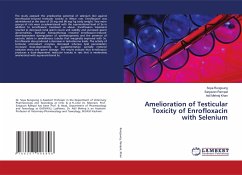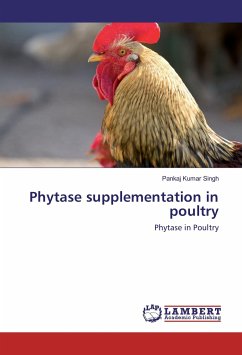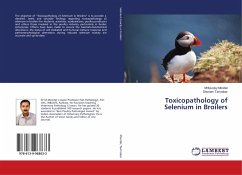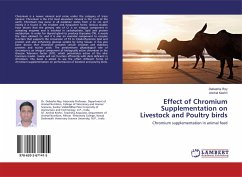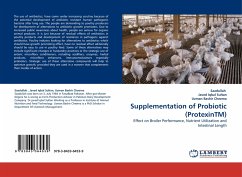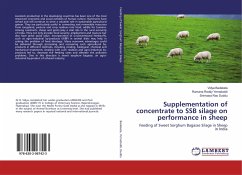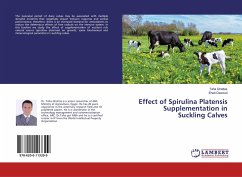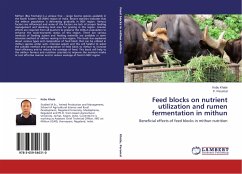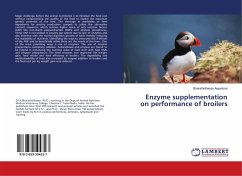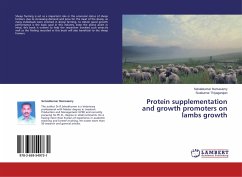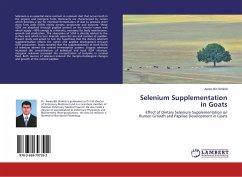
Selenium Supplementation in Goats
Effect of Dietary Selenium Supplementation on Rumen Growth and Papillae Development in Goats
Versandkostenfrei!
Versandfertig in 6-10 Tagen
27,99 €
inkl. MwSt.

PAYBACK Punkte
14 °P sammeln!
Selenium is an essential micro nutrient in ruminant diet that occurs both in the organic and inorganic form. Ruminants are characterized by rumen which provides a site for microbial fermentation of diet to produce short chain fatty acids (SCFA) mainly acetate, propionate and butyrate. These SCFA are absorbed through papillae present on the interior rumen wall which supply ~80% energy to ruminants, necessary for body maintenance, growth and production. The absorption of SCFA is directly related to the surface area which in turn depends upon the size and number of papillae. Present study was aim...
Selenium is an essential micro nutrient in ruminant diet that occurs both in the organic and inorganic form. Ruminants are characterized by rumen which provides a site for microbial fermentation of diet to produce short chain fatty acids (SCFA) mainly acetate, propionate and butyrate. These SCFA are absorbed through papillae present on the interior rumen wall which supply ~80% energy to ruminants, necessary for body maintenance, growth and production. The absorption of SCFA is directly related to the surface area which in turn depends upon the size and number of papillae. Present study was aimed to test the hypothesis that the dietary selenium supplementation effects the rumen and papillae development through SCFA production. Study revealed that the supplementation of both forms of selenium altered the ruminal fermentation pattern. Organic selenium increased the concentrations of individual and total SCFA whereas; inorganic selenium increased the concentration of butyrate in ruminal fluid. Both sources of selenium induced the morpho-histological changes and growth of the ruminal papillae.



